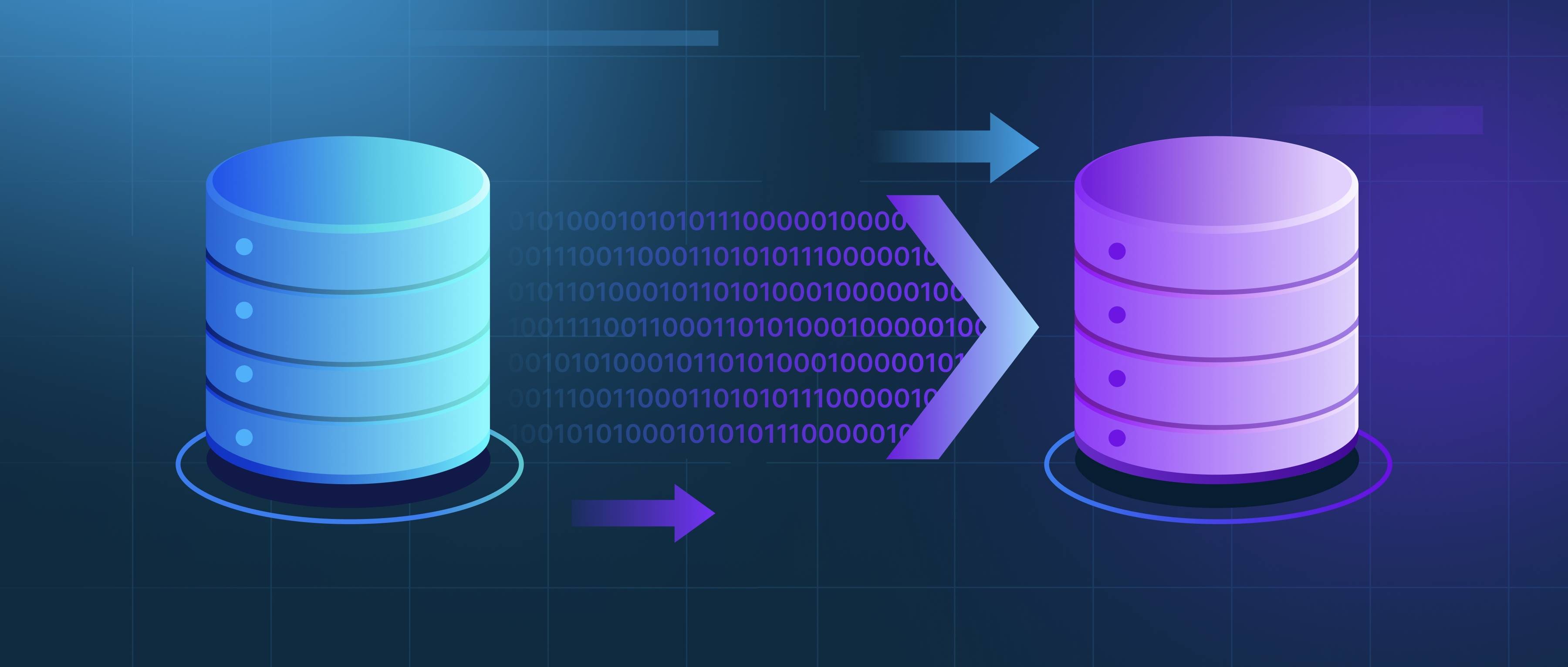Task-level planning in robotics refers to the process of deciding which actions a robot should take to achieve a specific goal or set of goals. It involves breaking down a task into smaller, manageable steps that can be executed by the robot in a logical order. Unlike low-level control systems that handle immediate actions, such as moving a robotic arm, task-level planning focuses on the higher-level objectives and sequences required to accomplish a task, such as cleaning a room or assembling a product.
Implementation of task-level planning involves several key components. First, a representation of the task and its requirements must be created. This often includes defining the goal states, necessary actions, and constraints. For instance, if the task is to pick up objects scattered on the floor, the robot needs to identify the locations of these objects, the obstacles in the environment, and how to handle each object based on its size and weight. Planning algorithms such as STRIPS (Stanford Research Institute Problem Solver) or GraphPlan can be used to systematically explore these actions and their outcomes based on the robot's current state.
Once a plan is generated, it must be executed while continually monitoring the environment. This can entail using sensor data to update the robot's understanding of its surroundings and making adjustments to the planned actions if unexpected situations arise, like an object being in a different location than anticipated. For example, if a robot is moving to pick up an object but encounters an obstacle, it may need to change its route to successfully complete the task. Thus, task-level planning combines thoughtful goal-oriented strategies with real-time adaptability to ensure that robots can perform complex tasks efficiently and effectively.
